Review for Osamu Tezuka's Metropolis Steelbook
Introduction
I’ll admit to more than a few double takes when Eureka Entertainment announced that they would be releasing Osamu Tezuka’s Metropolis. It’s here on Blu-ray for the first time in English speaking territories. Certainly Eureka have been providing cinephiles with the best in classic cinema, given the best possible presentation, and they have released the odd animation, such as Ralph Bakshi’s Wizards. They’ve also released plenty of classic Japanese cinema as well, but up until now, they’ve steered clear of anime, Japanese animation. I certainly wasn’t expecting them to take a chance on a medium that caters to a small niche fan-base, unless it’s Ghibli, Akira, or Ghost in the Shell. But let’s face it, if they were to release an anime, it would be Metropolis. After all Eureka Entertainment have championed the cause of Fritz Lang’s masterpiece on home cinema in recent years, first releasing the reconstructed version on gorgeous Blu-ray in 2010. Then in 2015, they gave it a re-release, this time including the Giorgio Moroder version of Fritz Lang’s Metropolis on a second Blu-ray. So if any anime would catch Eureka’s eye, it would be Osamu Tezuka’s Metropolis, adapted from the godfather of manga’s early work after his death by director Rintaro, based on a story by the creator of Akira, Katsuhiro Otomo.
Yet it all could have been the most tenuously linked release yet, with only the name in common. Tezuka stated that he never saw the Fritz Lang movie, and that it was actually seeing a poster of that film, the iconic image of the robot Maria that inspired him to create his manga. Yet the world that he created, and that Otomo and Rintaro adapted have certain parallels to the original movie.
Shunsaku Ban is a private detective from Japan, visiting the city of Metropolis with his nephew Kenichi on a case. He’s trying to find a Dr Laughton, but has wandered into the city amid grand celebrations for the completion of the city’s new Ziggurat, marking the dawning of a new age for mankind. But tensions beneath the surface of this society are about to erupt. Robot labour has created a dispossessed underclass, and factions have formed to attack the robots and take control. Meanwhile, the ruling class are ready to use this for their own ends, and Duke Red wants to wrest control of the city away from the President. However, his plans extend far beyond the city, and the Ziggurat is far more than merely an edifice to mankind’s hubris. Key to his scheme is a robot that Laughton is building in the image of Red’s own dead daughter.
Red hasn’t figured his own adopted son Rock into the equation though. Rock despises robots and believes that Laughton has deceived his father. He attacks Laughton and destroys his lab, which is when Shunsaku and Kenichi stumble on the scene. The two get separated and Kenichi rescues the newly activated Tima. Fleeing with her into the city’s underworld, the two begin to form a friendship, but they remain in danger from Rock. A bigger danger remains hidden however, for Tima believes that she is human. If she discovers her true nature, the ramifications for Metropolis could be disastrous.
Picture
Metropolis gets a 1.85:1 widescreen 1080p transfer on this disc, and at first glance it isn’t too impressive. Certainly in these days of Blu-ray re-masters going back to original negatives and applying extensive restorations, Metropolis looks like a mundane transfer from a film print, probably the same master as used for the DVD. There’s no print damage or any significant dirt, but there are film artefacts like cine-wobble, flicker, and the odd bit of warping that I saw in one scene. There is no digital banding of the sort that I’ve come to expect from anime, smooth colours changing into gradients, especially during scene fades. However there is an oddity in bright even colours in that there is some sort of horizontal striping (most noticeable during close-ups of Tima’s hair). The traditional cel and paint anime problem of darker scenes losing detail does crop up here, and when the animators use the ‘cheat’ of zooming into frames, you do get a loss of resolution, increased softness, and increased granularity of the image.
All of that whinged... Metropolis looks gorgeous on Blu-ray. This is a film that makes extensive use of CGI to create its world design, and its backgrounds. The detail, the lushness of the colours that the Blu-ray brings out makes it feel as if you’re watching a completely different film from that on DVD. I was seeing detail, learning things about this world that I had never known before, and I have seen that DVD several times now. Metropolis takes its cue from the Fritz Lang film in some respects, with the iconic throne scene from the poster mirrored here. This Metropolis is also a multi-layered city, with grand zeppelins finding room to manoeuvre amidst the art deco style architecture.
For those who are familiar with the svelte and stylised anime characters in most Japanese animations, the 50-year-old character designs of Metropolis will come as quite a shock. These characters have more in common with European comic designs, such as those found in Tintin or Asterix graphic novels. The faces are often caricatured, the bodies are short and stocky, and the way they move is markedly different. The movie may be 15 years old now, but the blending of CGI and traditional 2D animation is still pretty seamless. There is a charming, cluttered feel to the animation, every scene has a couple of dozen things going on at any one time, and there are visual treats in every corner of the frame. This may be the most animated anime around, in a medium where stillness and shortcuts are still often used. The editing takes its cue from films of yesteryear in much of the same way that Star Wars does, and seeing the various cuts, wipes and dissolves between scenes also gives a retro feel to the film, despite the technical achievement.
The images in this review were kindly supplied by Eureka Entertainment.
Sound
Metropolis offers you the choice of English and Japanese, both in DTS-HD MA 5.1 Surround, and PCM 2.0 Stereo format. You have the choice of three subtitle tracks, the original translated subtitles, the US theatrical subtitles (akin to a first draft ADR script), and for the first time we get Hard of Hearing English subtitles that directly match the English dub. For this viewing I opted for the Japanese surround audio with the original subtitles. The surround audio is epic on the Blu-ray, immersing you in the film, enveloping you in this mechanical marvel of a future city in ways that the original DVD release only hinted at.
It has its Star Wars moment at the beginning too, with the Zeppelin flying overhead during the Ziggurat celebration, fireworks going off all around, and a really cool jazz score driving the story. The music is quite special; the film’s themes follow a jazz soundtrack of the ‘20s or ‘30s, while the dramatic score also harks back to the serial dramas of the period like Flash Gordon or Buck Rogers. It very much gives the film a singular feel that complements the visual style perfectly. The subtitles are timed accurately for the most part and are free of typos, but if you’re used to anime where everything gets subtitled, Metropolis only subtitles the dialogue pertinent to the story. Occasionally you’ll hear bystanders’ or background dialogue which won’t get subtitled. There are a couple of issues though with the subtitles. One is that they drift out of sync for the final chapter (thankfully there’s not a lot of dialogue here), and the second is that the small white font isn’t easy to read in one particularly snowy scene.
Extras
The disc boots swiftly to a static menu, and one notable omission is a chapter select option.
The most substantial addition to the extras is the Animax Special: The Making Of Metropolis, which lasts 34 minutes. It’s very much your PR puff piece, with interviews with the cast and crew, and a little repetition from the Interviews. There is plenty of footage of animators with furrowed brows slaving over hot pencils, as well as input from the music composer, insight into the dubbing process, and it concludes with the world premiere.
Filmmaker Interviews lasts 8 minutes and features Rintaro talking about the film, and realising the story with modern animation techniques, as well as how he believes that Tezuka would have reacted to the film. Then Katsuhiro Otomo adds some insight into writing the screenplay for the film. Both of these are presented in 1080i and up-scaled.
The Animation Comparisons present a couple of scenes from the film in various states of completion to compare using a multi-angle option. Wheel Room lasts 55 seconds and offers 9 views of the scene, while City View is 41 seconds and offers 6 views. These are presented in 1080p, but again are scaled up.
Finally there is the theatrical trailer 1:41 1080i, and the Promotional Trailer 2:17 1080p. As you might guess the extra features on this disc have been ported over from the DVD release.
Conclusion
Finally we get the complete Metropolis on home video! I bet you didn’t think that this anime movie had bits missing just like the Fritz Lang version. But every DVD release of Osamu Tezuka’s Metropolis in the West omitted a post-credits coda, and that has been restored on this Blu-ray. It’s just a still image, but it changes the ending of the story in a considerable way. Not that I enjoyed the film any more or less as a result. Metropolis is still a stunning anime feature film, one of the best to come out of Japan in the last 20 years, and surprisingly, still one of the easiest to forget when you’re compiling best-of lists. The Metropolis anime is one of the finest films made in that medium, telling a compelling story, set in a beautifully designed future world, and featuring characters that truly engage the viewer’s emotions.
The parallels between the two Metropolis films are obvious, the futuristic cities, split in two, with the upper levels the domain of the political elites, the under-city home to the dispossessed and poverty stricken, although in the anime the workers aren’t so much chained to the machine as dispossessed by them, their jobs taken by robots, resulting in anti-robot sentiments that boil over into violence. And in both films we have the ‘ruler’ of the city creating a robot girl with which to cement and extend his power, although the anime is more explicit about it, with Tima actually the key component to a powerful machine.
You might not be surprised to see that Katsuhiro Otomo brings something of his Akira to the story as well. Both Akira and the anime Metropolis have factions fighting over a supreme power, paranormal in Akira, technological in Metropolis. In both films it is the common man who is spent like disposable fodder in the struggle, instigated by Machiavellian power seekers at the top of society. But once again, those seeking power have no idea of the nature of the power that they want to obtain, and just like Akira, Tima’s power is beyond anyone’s control.
The beauty of Metropolis is that it explores its ideas and concepts through character. Shunsaku Ban is the viewers’ eye into this world, the detective from outside working a case in the city. Duke Red is the avaricious leader, playing both sides against each other, fomenting the anti-robot protests to increase his own popularity, while having a robot created with which he can increase his hold on power. That she’s modelled on his late daughter gives him a sympathetic edge as well. His adoptive son Rock symbolises the anarchic and destructive forces loose in the city, as he leads the anti-robot movement, yet is devoted to Duke Red, so you can understand his descent into psychosis when he learns of Tima. Then there’s Kenichi, who finds Tima, rescues her from the fire, and takes her for human. She’s a blank slate at the start, and it’s his values, and his worldview that inform her own as she learns about the world. And then there is Tima, on a journey of self discovery, a robot that thinks she’s human, and in essence represents the conflict in the city.
Metropolis is a provocative story coupled with shaded and complex characters that lie at the heart of this film. When put together with the stunning world design and memorable visuals, as well as the deliciously retro soundtrack, the resulting movie is special indeed. Science Fiction with heart is a rare combination, but Metropolis has the best of both worlds. Metropolis may not get the pristine presentation that we’ve come to expect from Blu-ray, but it’s still a whole world away from the DVD release. Sadly, not everything gets a brand new 4k scan with full restoration. This may be a one-off for Eureka based on the name of the film, but it may also be a toe-in-the-water for them when it comes to anime. I hope that it is, and I hope that this film does the business that will make them interested in releasing more. Certainly there are anime films that would benefit from Blu-ray upgrades and Eureka’s curation, other titles previously released by Sony such as Katsuhiro Otomo’s Steamboy and Memories, and Satoshi Kon’s Tokyo Godfathers. Looking further afield, films like Millennium Actress, Jin-Roh, and the Barefoot Gen movies would live very happily under the Eureka label. An anime fan can dream...
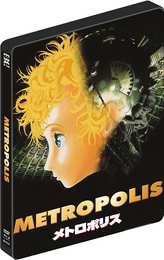















































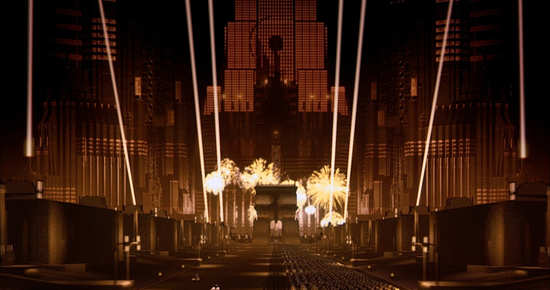
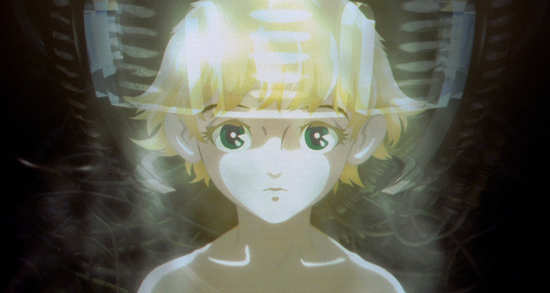
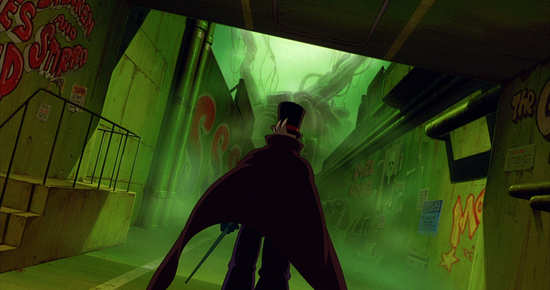

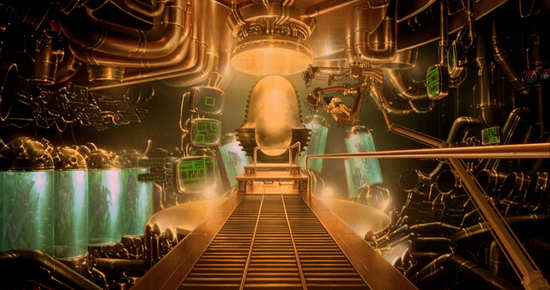
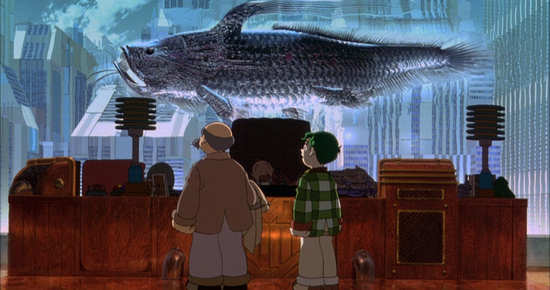
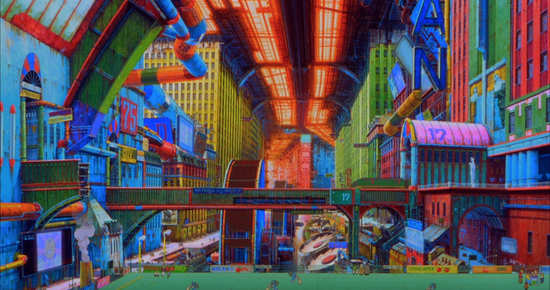

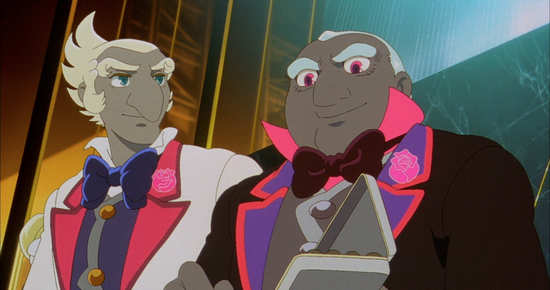
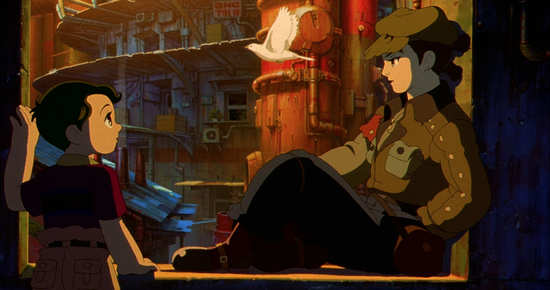
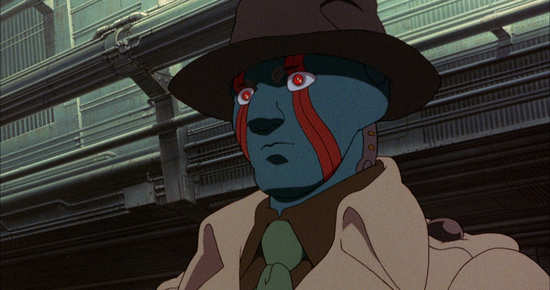

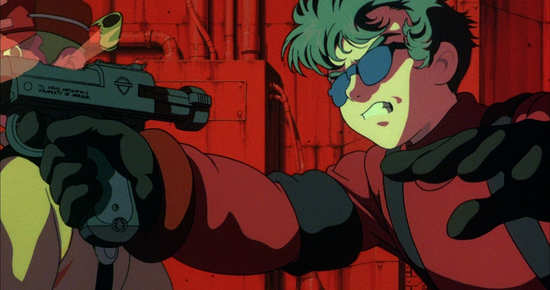

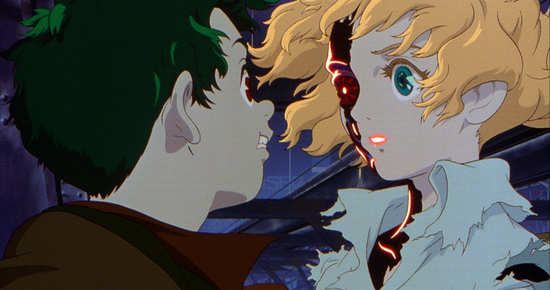
Your Opinions and Comments